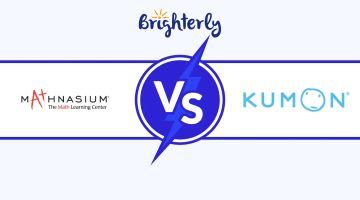Fun Addition Games You Can Introduce to the Classroom
Updated on September 20, 2024
Math is based on major operations kids need to learn and understand to have a solid math foundation. This article will focus on addition and creative ways to help students learn math it.
Games are among the most creative approaches to learning addition, but numerous games exist nowadays, which can confuse teachers. So, by the end of this article, you can expect to learn new and effective addition games to supplement your math lessons.
So, Why Use Addition Games?
Teachers should promote educational addition games to help children study outside the classroom since these tools can help students stay motivated. When children use adding games, they learn about the connections between numbers. With these games, students take responsibility for their education.
It is common to use addition while keeping track of money, toys, coins, pebbles, cookies, etc. Knowledge of addition is helpful for day-to-day activities; if kids do not know how to do that essential operation, it would be challenging to do others. Elementary school students who struggle with fundamental arithmetic concepts, such as adding and manipulating big numbers, may nevertheless build a strong foundation for further study with these games.
1:1 Math Lessons
Want to raise a genius? Start
learning Math with Brighterly
 Let’s start learning Math!
Let’s start learning Math!
Kindergarten Addition Games
Children in kindergarten begin to grasp the concepts of addition and subtraction as they continuously get exposed to numbers. In kindergarten, children should learn how to use objects to add numbers from 1 to at least 10. Here are six kindergarten addition games to help the youngest kids learn addition faster.
Spot the Number
In addition games for kindergarten like Spot the Number, you need a number bank, cups, and flashcards. Show flashcards 1 – 5 to kids and have them do simple addition. Remember that kindergarten kids also learn number identification, so this game can help hone their number sense.
Show flashcards 1 and 2, then have kids count the cups. After that, they are to pick up flashcards that show 3. This game is fun and interactive and can also help tutors understand how many numbers kids recognize.
Fix the Ladybugs
Fixing ladybugs is an adorable, amusing, and interactive addition game for kindergarten that can help kids enjoy doing addition. As an instructor, make a giant ladybug out of paper and cut out several dots kids can use. After that, give them two dice to roll.
The ladybug’s wings need to have the exact number of dots on each side. By rolling the dice, kids have two numbers to get the addition equation. If children roll the dice and get 6 and 2, the ladybug’s wings should have 6 and 2 dots, respectively. The sum becomes 8.
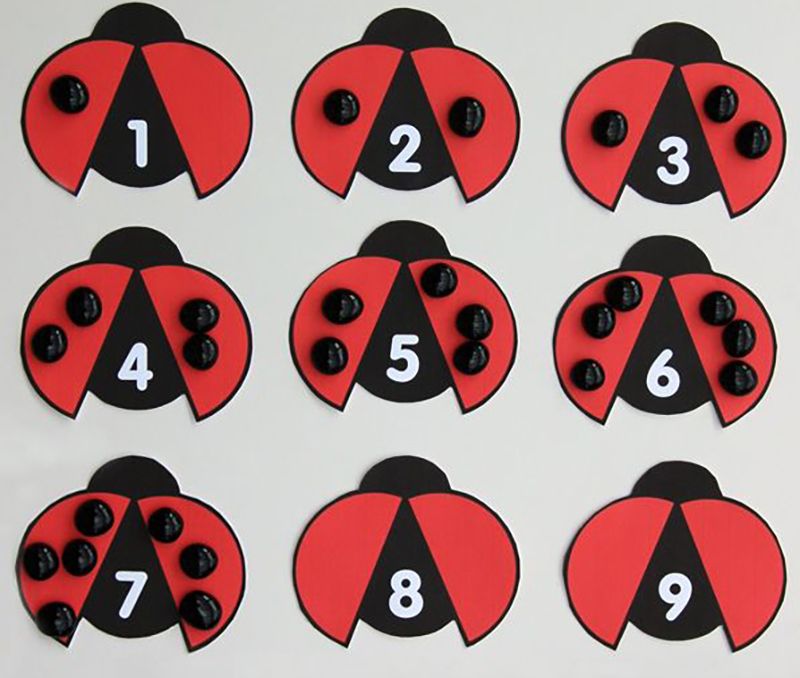
Add the Pebbles
For this game, you need a lot of pebbles and plastic cups. Begin by blindfolding the kids and having them throw the pebbles into the plastic cup.
After throwing, children should count how many pebbles went into the cup. They are also to count how many fell on the floor in groups of two. By counting, kids also automatically add and get the proper solution.
Addition Trivia
For this adding game, kids compete amongst themselves and see how far they can add. Pull up a set of simple equations kids can do easily according to their current learning prowess. Then, proceed to count objects like pebbles while they do their simple addition.
Kindergarteners need to touch and cut; you may not achieve their goal. This game can foster competition and drive to do more so they can defeat other classmates and become the overall winner.
Addition Games for Grade 1
By first grade, children should understand that addition requires two or more numbers to create a larger one. Teachers introduce kids to adding double digits to get even more significant numbers. Here are five addition games to help first-grade students with math and understand addition better.
Is the Number Chart Accurate?
A 1-100 chart may be a helpful teaching tool for working on a kid’s addition skills. But what if you were to tweak the charts so that there are also wrong answers? In this game, you, as an instructor, are to provide students with a chart of equations with correct and wrong answers.
Students are to solve and determine which problem is correct and which is not. This game can help students count on their own and also build their sense of independence.
Recognize the Patterns
The Recognize the Patterns game introduces 2s, 5s, and 10s. Children learn that adding twos to numbers is just like skip counting. Prepare a missing number sheet for this game and have kids fill it.
This game can help kids fully understand the need to calm down while adding numbers because if they are not careful, they may just wholly misfire when giving answers.
Regrouping Game
In this game, students can spend time gathering, counting, and sorting objects to find the correct answer, learning all along the way.
You can use everyday objects like toys, snacks, LEGO pieces, cups, etc. Regrouping activities are an excellent way for kids to simplify math problems. For example, kids can regroup 32 + 12 to make four sets of 10 and four leftovers.
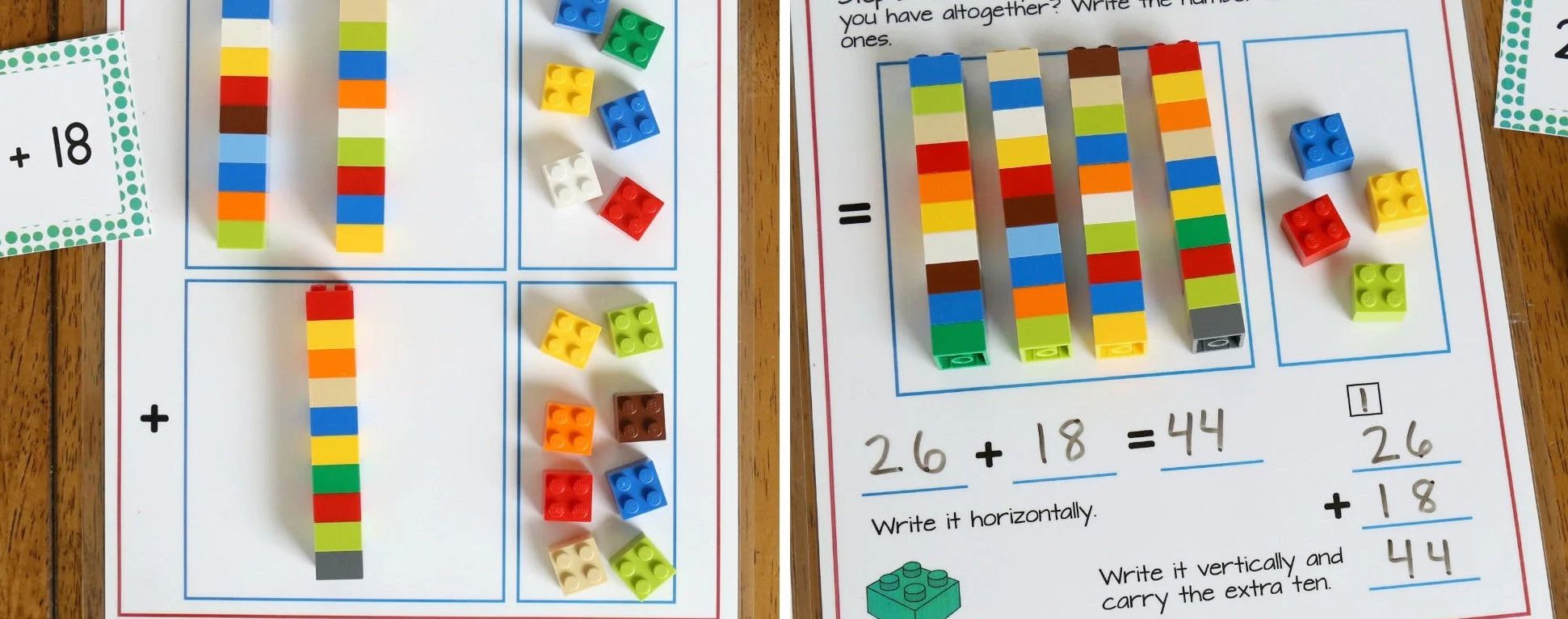
What’s My Name?
For this game, get number tags with equations on each of them. Now, share one tag to every child. Instead of calling kids by names, their peers need to call them by the solution of their tags.
For instance, student 14 + 52 becomes 66. Change the tags daily, and you will see how much difference this game can make in cementing your child’s knowledge of addition.
The Initials Game
For the Initials Game, provide the class with a set of equations they will solve within 10 minutes. The game’s rules are the following: do not solve more than one equation for your classmate; secondly, do not solve your equation.
Children should walk around the class, solving the problems and attaching their initials. By the end of ten minutes, the student with the highest number of correct answers wins the game.
Addition Games for Grade 2
As kids enter the second grade, they begin to deal with more significant numbers and have a better grasp of adding place value, decimals, etc. Second graders become specialists in adding and subtracting one- and two-digit numbers with sums of up to 100 rapidly and correctly. Here are five fantastic addition games for grade 2.
Card Game
You can play this card game with a standard deck of cards. Play a three-card draw with each child picking three cards at a time.
A kid retains the cards if they sum up the values correctly. If they are wrong, the instructor should shuffle back the cards into the deck. The winner is the player with the most cards at the end of the game.
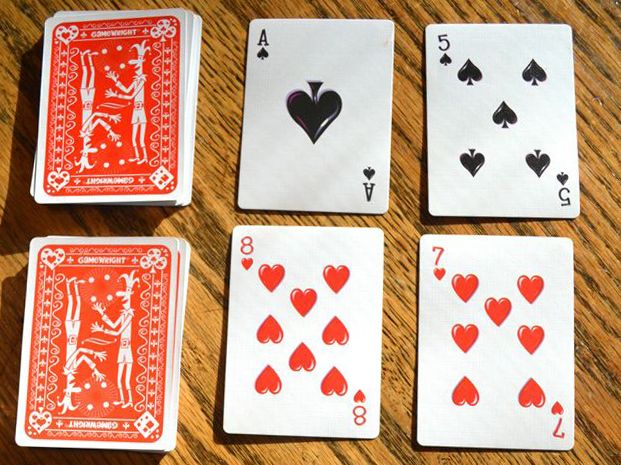
Beach Ball? Yes!
This throwing game will get your pupils active. Using a giant beach ball, put numbers 10 to 100. Each student catches the ball and adds up the numbers their thumbs touch. Toss your ball as soon as it’s ready.
A kid may pass the ball to a classmate if they succeed. If they get the answer wrong, they are to toss the ball back to you.
Pull the Stick!
For this game, get popsicle sticks according to the number of children available and put them in a cup. To be fair, you could add two extra sticks. Write addition problems on each of them. Then, each kid should draw a stick to solve the equation.
If any child fails the exercise, they must return the popsicle stick to the container. If they get any answer correctly, they keep the stick. The cycle is to continue for about thirty minutes. After a while, the student who answered the highest number of questions wins the round.
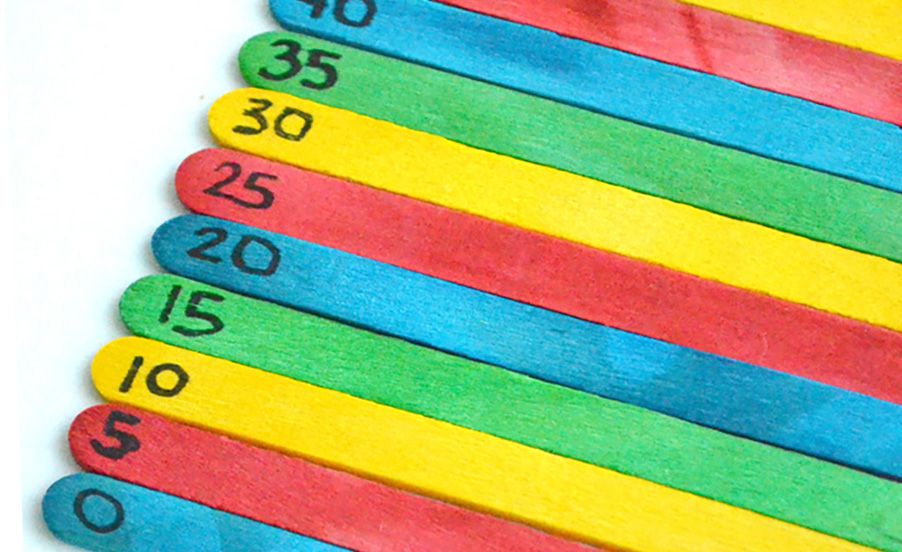
What Can You See?
For this game, get lots of crayons and mix them all. Divide kids into groups so that they get to do more addition.
After sorting the colors, kids should begin adding so they can know the total number of crayons. For instance, Groups A, B, and C are to add all their green crayons to get the final number.
Are You There?
For this game, you need an equation bank, callers, and responders. Begin by partnering a child up with another. One child calls out the equation while the other solves for the answer.
If it gets too tricky, both partners are allowed to team up and solve it as quickly as possible. The team with the highest number of correct answers wins the game. This activity does a lot to promote teamwork and also helps kids solve additional problems faster.
Online Addition Games
Online learning has appeared in recent years, and it seems it has come to stay. Now, kids can conveniently study remotely and access videos, lessons with tutors, and other online educational resources from the comfort of their homes and in their own time. As educators interact more with kids, they tend to bring up more effective and innovative ways of helping kids understand math.
Brighterly is an online learning platform with professional math tutors who understand children’s needs and strive to ensure they get the best assistance. The tutors use addition games online and other hands-on approaches like worksheets to help kids cement their understanding of addition. Register now on the Brighterly platform to provide your child with this seamless way of learning.
Here are three online addition games tutors use to help kids understand addition better.
1:1 Math Lessons
Want to raise a genius? Start
learning Math with Brighterly
 Let’s start learning Math!
Let’s start learning Math!
MathTreasure Diving: Compose Numbers to Make 20
The MathTreasure Diving addition game online is the one that children in 1st grade will enjoy. In this underwater adventure, children dive into the ocean’s depths in search of hidden treasures.
This game challenges young mathematicians to find alternative ways to add up to twenty. Kids need to understand that not just 10 + 10 make up 20, but other exciting number combinations exist to achieve that.
Adding Eggs with Birdee
In the Adding Eggs with Birdee game, Birdee believes she can care for even more newborn chicks than she currently does since she is so kind and responsible. Your child’s job in this game is to pay attention to Birdee’s wishes and fill the nest with new eggs.
Addition online games that use objects (in this case, eggs) help children perform addition operations seamlessly. This game is ideal for kindergarteners since it is an excellent way to learn fundamental arithmetic facts and evaluate their ability to express addition concepts using objects.
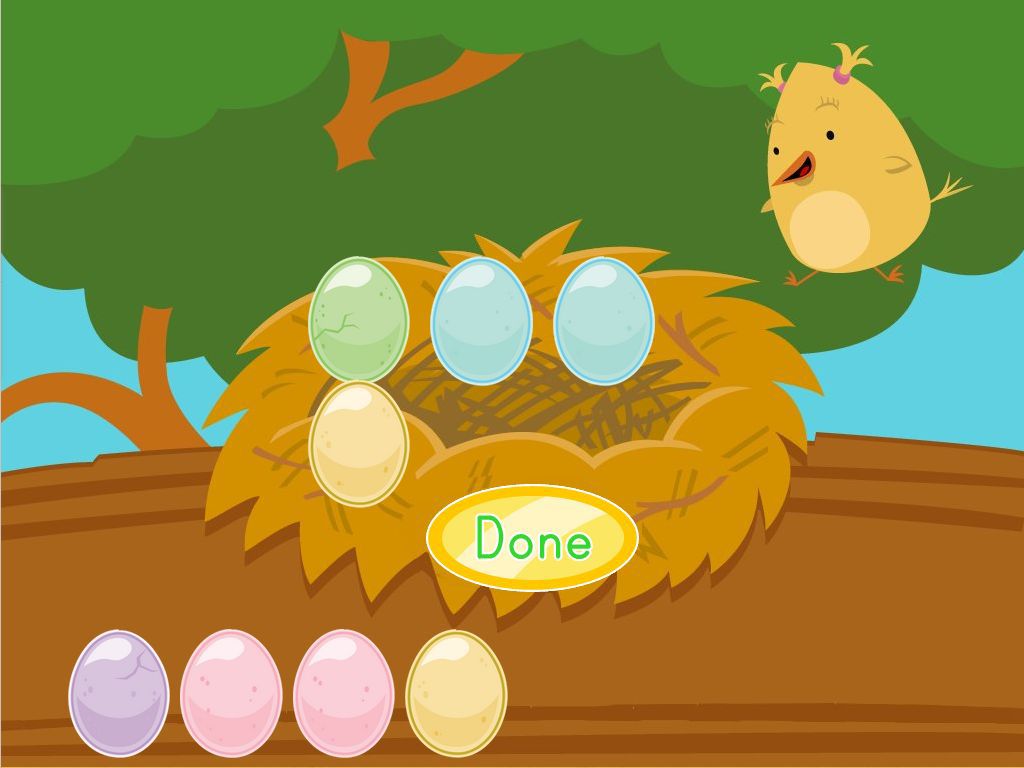
Dino Fishing: Three-Digit Addition and Finding 100 More
Dino Fishing is an online math game that requires young children to apply addition abilities and pattern recognition to see all the amazing aquatic creatures. In this fun math game, second graders will learn three-digit addition by reading equations and finding their corresponding sums.
Conclusion
Kids need to understand the concept of addition since they will use it in real-life situations like summing cash or keeping proper inventories of their toys. This paper has highlighted offline and online games kids can use to boost their knowledge of addition. Following and playing these math addition games gives your kindergartener, first grader, and second grader a better shot at understanding why and how to use addition in later years.










